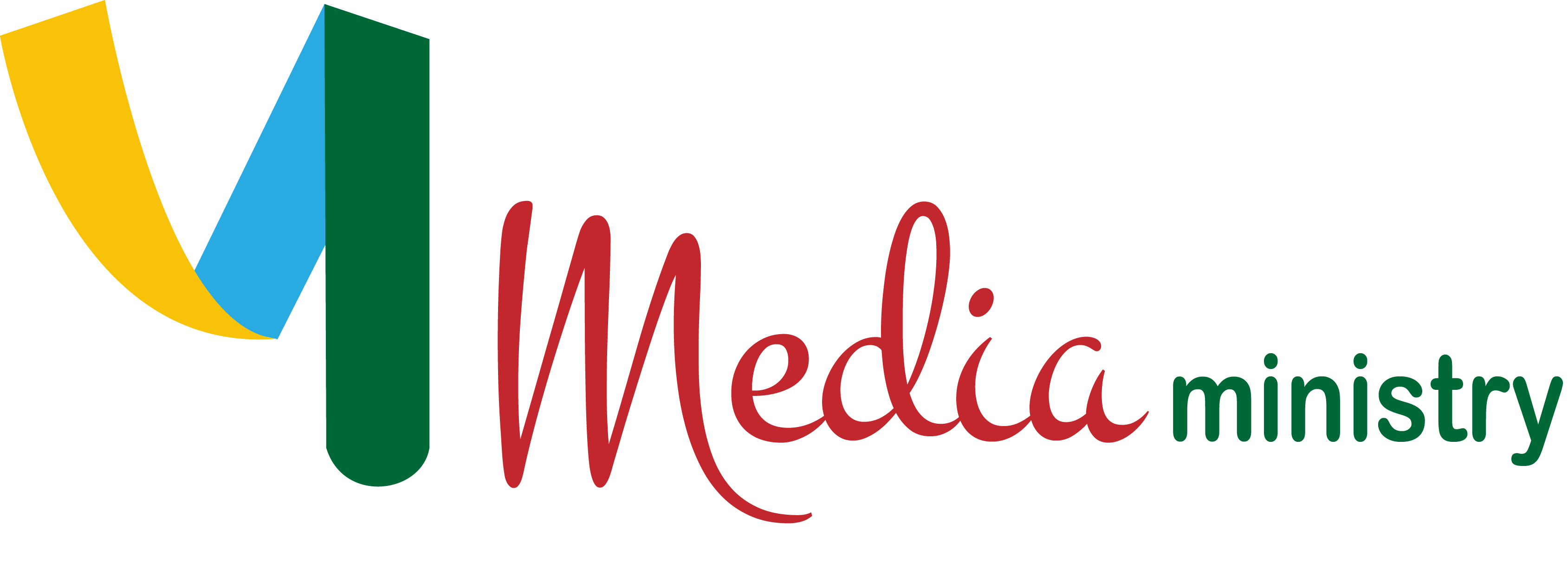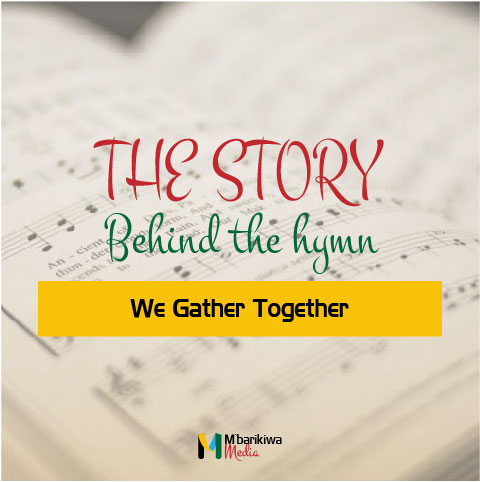The Hymn We Gather Together has no single agreed author and is therefore attributed as Anonymous. In some hymnals, the editors noted that a hymn’s author is unknown to them, and so this artificial “person” entry is used to reflect that fact. Obviously, the hymns attributed to “Author Unknown” “Unknown” or “Anonymous” could have been written by many people over a span of many centuries.
We Gather Together is a popular hymn sung at Thanksgiving. The song in some circles is alleged to have been written in 1597 by Adrianus Valerius. to celebrate the Dutch victory over Spanish forces in the Battle of Turnhout. It was originally set to a Dutch folk tune. In the United States, it is popularly associated with Thanksgiving Day and is often sung at family meals and at religious services on that day.
At the time the hymn was written, the Dutch were engaged in a war of national liberation against the Catholic King Philip II of Spain. “Wilt heden nu treden,” “We gather together” resonated because under the Spanish King, Dutch Protestants were forbidden to gather for worship. The hymn first appeared in print in a 1626 collection of Dutch folk and patriotic songs, Nederlandtsche Gedenck-Clanck by Adriaen Valerius.
In anglophone hymnology, the tune is known as “Kremser”, from Eduard Kremser’s 1877 score arrangement and lyric translation of Wilt Heden Nu Treden into Latin and German. The modern English text was written by Theodore Baker in 1894. Baker (1851-1934), a New York-born musicologist who studied in Leipzig and authored the famous Biographical Dictionary of Music and Musicians. Baker translated the hymn from German for an anthem entitled “Prayer for Thanksgiving” published in 1894. It is from Baker that the hymn gets its traditional Thanksgiving connection.
According to the Hymn Society in the United States and Canada, “We Gather Together’s” first appearance in an American hymnal was in 1903. It had retained popularity among the Dutch, and when the Dutch Reformed Church in North America decided in 1937 to abandon the policy that they had brought with them to the New World in the 17th century of singing only psalms and add hymns to the church service, “We Gather Together” was chosen as the first hymn in the first hymnal.
A different translation under the first line We Praise Thee, O God, Our Redeemer, Creator was translated by J.B.C. Cory (1882-1963).
Some of the political overtones in this hymn faithfully translated by Baker are apparent. Hymnologist Albert Bailey suggests that the phrase, “The wicked oppressing now cease from distressing,” is an allusion to the persecution of the Catholic Church under the policies of Spain. Thousands had been massacred and hundreds of homes burned by the Spanish in 1576 during the siege of Antwerp.
The hymn steadily gained popularity, especially in services of Thanksgiving on such occasions as town and college centennial celebrations. According to Carl Daw, executive director of the Hymn Society, the “big break” came in 1935 when it was included in the national hymnal of the Methodist-Episcopal Church.
According to Michael Hawn, professor of sacred music at Southern Methodist University’s Perkins School of Theology, “by World War I, we started to see ourselves in this hymn,” and the popularity increased during World War II, when “the wicked oppressing” were understood to include Nazi Germany and Imperial Japan.
This hymn is often sung at American churches the Sunday before Thanksgiving.
References:

